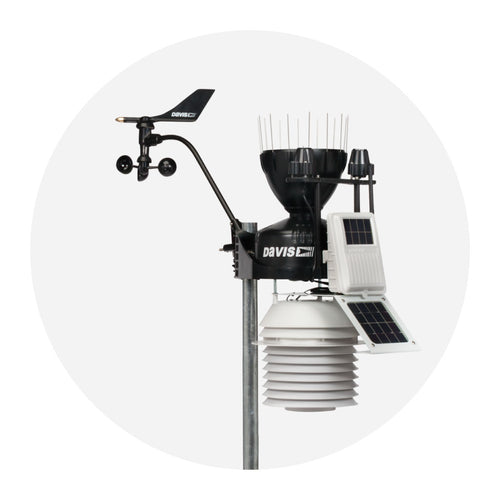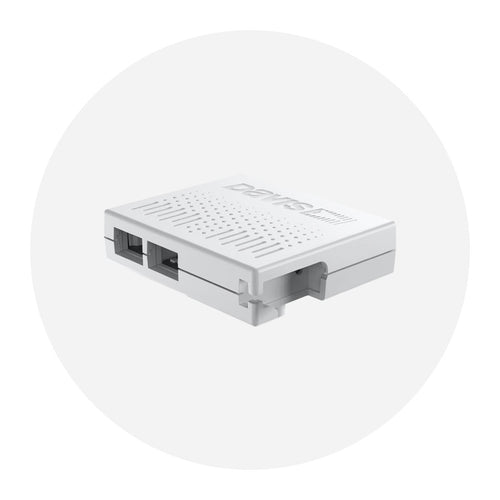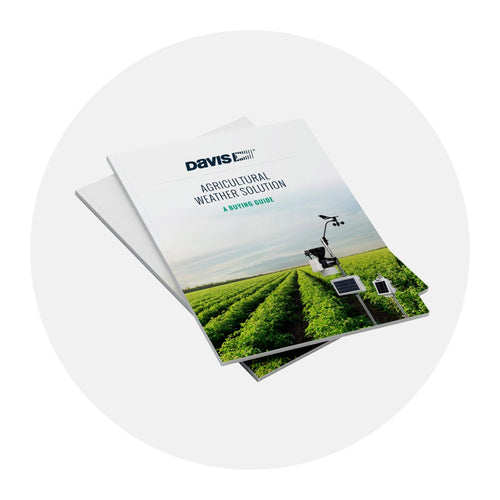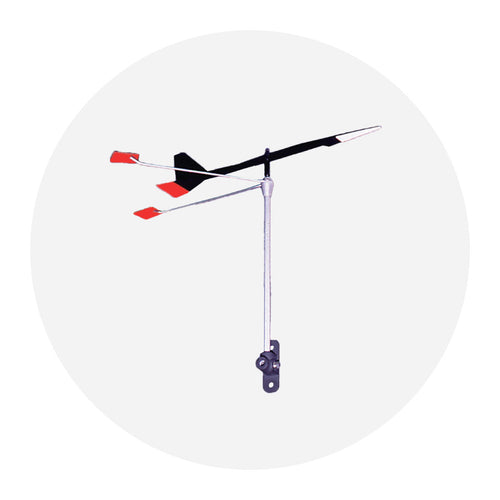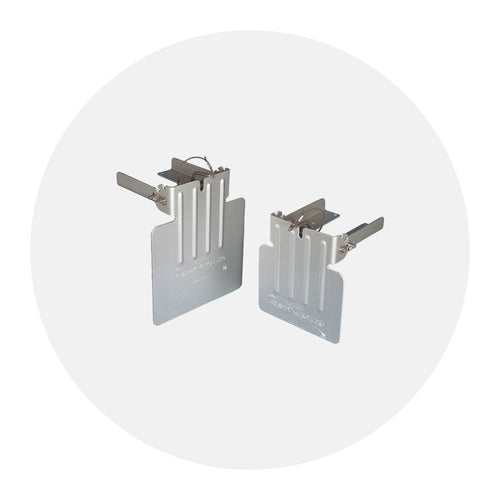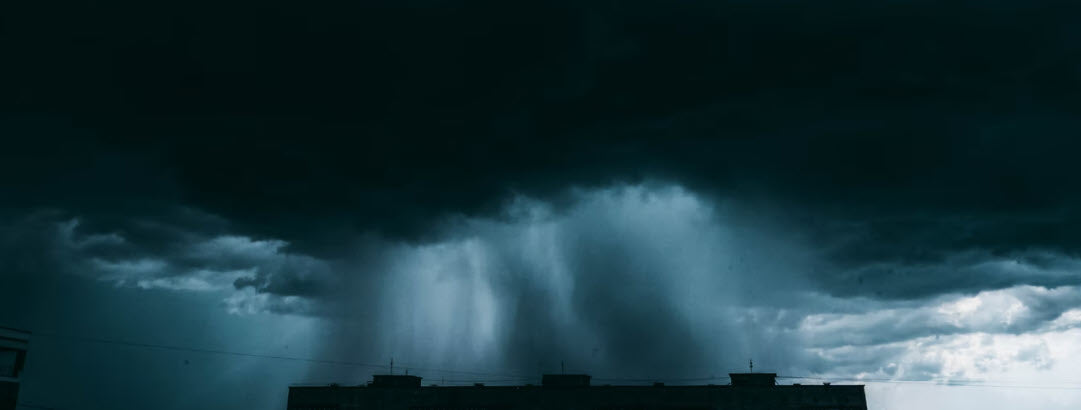
What is a Bomb Cyclone? What is an Atmospheric River? Both are headed for California this weekend
Here in the California, we don’t know if we should be happy about breaking out our wet weather gear in preparation for this weekend’s coming storm with its one-two punch of a bomb cyclone and an atmospheric river, or dreading the damage it can cause our fire-scarred state. After our horrible wildfire season and the on-going drought, rain sounds wonderful. But we fear this rain will be too much, too soon and will bring floods and debris flows to areas devastated by wildfire.
What is a Bomb Cyclone?
This moniker includes two words that describe this kind of weather phenomenon. A cyclone refers to an area of low pressure where winds spiral in towards it -- like a hurricane. The “bomb” part refers to the suddenness of its formation with a drop in pressure. A bomb cyclone is a rapidly strengthening storm with central pressure that plummets by 24mb or more within 24 hours. That formation is called bombogenesis. Satellite images show a storm spinning off the coast like a hurricane, with pressure that plummeted 35 millibars from Wednesday to Thursday, so it has earned the name of bomb cyclone. This one is the second bomb cyclone, in a series of storms we can see out over the Pacific.
But the storm heading California’s way this weekend is not just a bomb cyclone! It will bring with it a big Pineapple Express atmospheric river.
What is an Atmospheric River?
If a river is a flow of water over land, an atmospheric river is a flow of water vapor in the atmosphere.
Most water vapor in the atmosphere is concentrated over the equator. Wind over the ocean pushes moisture into a stream and moves it toward the poles. Atmospheric rivers move with the weather and are always present somewhere on Earth at any given time. They are the largest freshwater transport system on Earth.

Atmospheric rivers can be thousands of miles long, and hundreds of miles wide. A strong atmospheric river can transport up to 15 times the water vapor compared with average flow of water at Mississippi River mouth according to NOAA Earth System Research Laboratory. They flow relatively close to the earth so when weather patterns bring one near land, they tend to rise and cool, dumping the moisture as rain.
Atmospheric rivers are crucial to California’s water supply. They, including the famous “Pineapple Express” atmospheric river built up over the tropical pacific near Hawaii, are responsible for up to half of California’s annual precipitation.
The atmospheric river headed our way is going to be a doozy, possibly even becoming a rare category 5 on Sunday. Atmospheric rivers are categorized by both intensity and duration. Combining both, atmospheric rivers are categorized from 1, the weakest, to 5, the strongest. AR3 atmospheric rivers do a few million dollars in damage while AR5s average hundreds of millions in damage, according to Marty Ralph, the director of the Center for Western Weather and Water Extremes with the Scripps Institution of Oceanography.
This storm will bring up to a foot of rainfall in some areas and three feet of snow in the Sierra Nevada. It heralds the great news that wildfire season is probably over for us out here in the west. But it is not good news for anyone, or any building or roadway, below a hillside that has been scoured by fire. “Burn scarred” soil can be not only loosened by loss of vegetation but can also act like pavement in its ability to repel water. This means flash floods, landslides, and debris flows are likely to be on the storm menu.
So this weekend’s storm, barreling in to wash down the west coast from Washington to San Diego, is a dangerous one. But while it may not be the end of the drought, it will bring much needed rain to our state.
(Note to Mother Nature: While we want that rain, we don’t really want it all in one weekend.)
In the face of escalating environmental risks, AEM is the essential source for insights on weather, climate, lightning, floods, wildfires, water management, and more.
Learn more about AEM and all of our solutions here.



